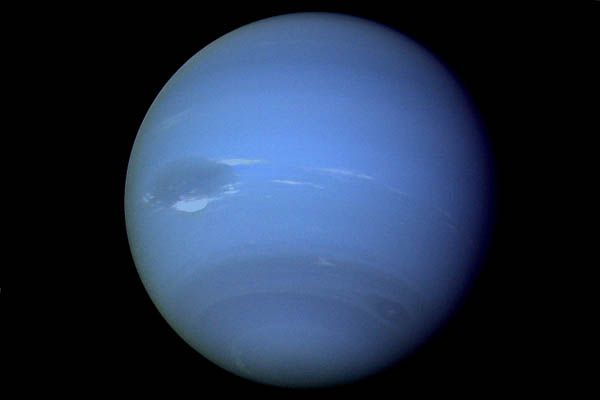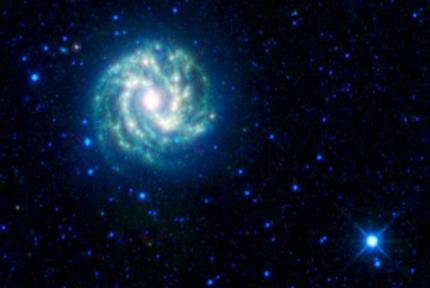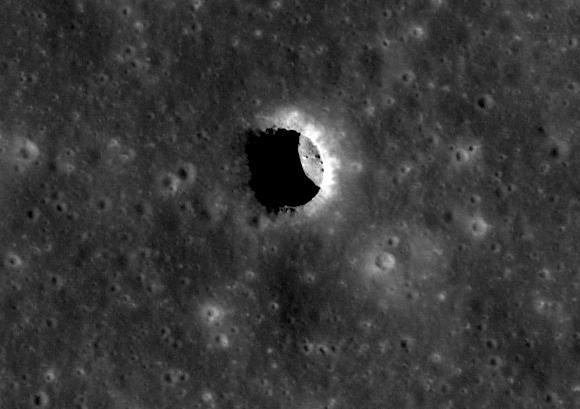
© NASATwo centuries ago a comet may have hit Neptune, the outer-most planet in our solar system.
A comet may have hit the planet Neptune about two centuries ago. This is indicated by the distribution of carbon monoxide in the atmosphere of the gas giant that researchers - among them scientists from the French obser-vatory LESIA in Paris, from the Max Planck Institute for Solar System Re-search (MPS) in Katlenburg-Lindau (Germany) and from the Max Planck Insti-tute for Extraterrestrial Physics in Garching (Germany) - have now studied. The scientists analyzed data taken by the research satellite Herschel, that has been orbiting the Sun in a distance of approximately 1.5 million kilome-ters since May 2009. (
Astronomy & Astrophysics, published online on July 16th, 2010)
When the comet Shoemaker-Levy 9 hit Jupiter sixteen years ago, scientists all over the world were prepared: instruments on board the space probes
Voyager 2,
Galileo and
Ulysses documented every detail of this rare incident. Today, this data helps scientists detect cometary impacts that happened many, many years ago. The "dusty snowballs" leave traces in the atmosphere of the gas giants: water, carbon dioxide, carbon monoxide, hydrocyanic acid, and carbon sulfide. These molecules can be detected in the radiation the planet radiates into space.
In February 2010 scientists from Max Planck Institute for Solar System Research discovered strong evidence for a cometary impact on Saturn about 230 years ago (see
Astronomy and Astrophysics, Volume 510, February 2010). Now new measurements performed by the instrument PACS (Photodetector Array Camera and Spectrometer) on board the Herschel space observatory indicate that Neptune experienced a similar event. For the first time, PACS allows researchers to analyze the long-wave infrared radiation of Neptune.





Comment: See also: Underground tunnel complexes found on moon